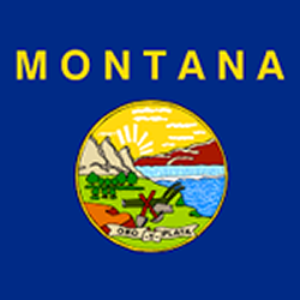Montana will be receiving $43 million of federal funds to subsidize the building of charging stations for electric vehicles along US Highways over five years. The funds are part of $7.5 billion that was included in the Infrastructure Investment and Jobs Act. Of that total, $5 billion will go to states under the National Electric Vehicle Infrastructure Formula Program.
The funding will be administered by the Montana Department of Transportation in collaboration with the Energy Office at the Department of Environmental Quality. A plan must be submitted by Aug. 1 on how the money will be used to subsidize private investment. “The Montana Energy Office at DEQ has developed expertise in electric vehicle charging infrastructure through the 2017 settlement with Volkswagen,” said DEQ Director Chris Dorrington. “Efficient distribution of these new federal funds will support on-going private investment in this growing area of need for electric vehicle charging infrastructure in Montana.”
The federal funding can cover up to 80 percent of the costs associated with the electric vehicle charging infrastructure and the remainder will come from private investment—meaning state funds will not need to be used to match. DEQ’s Fast Charge Your Ride Program awarded funding in 2021 using the same cost share model to partner with private entities.
“The Montana Energy Office at DEQ has developed expertise in electric vehicle charging infrastructure through the 2017 settlement with Volkswagen,” said DEQ Director Chris Dorrington. “Efficient distribution of these new federal funds will support on-going private investment in this growing area of need for electric vehicle charging infrastructure in Montana.”
“This is a great opportunity for Montana to combine federal funding with private investment to create 21st century transportation infrastructure,” said MDT Director Mack Long. “Government works best when it works together with the private sector. This program will be a great opportunity to display effective public-private partnerships that serve the traveling public in Montana.”
The funding will initially be limited to highway corridors that have been designated as Alternative Fuel Corridors by the Federal Highway Administration. In Montana that includes Interstate 15, Interstate 90 and Interstate 94, along with U.S. Highway 2 and Highway 93.
Montana must develop and submit an “Electric Vehicle Infrastructure Deployment Plan” by Aug. 1. DEQ will lead the development of the plan in coordination with MDT. A virtual information session is planned for April 4 from 1–2 p.m.




